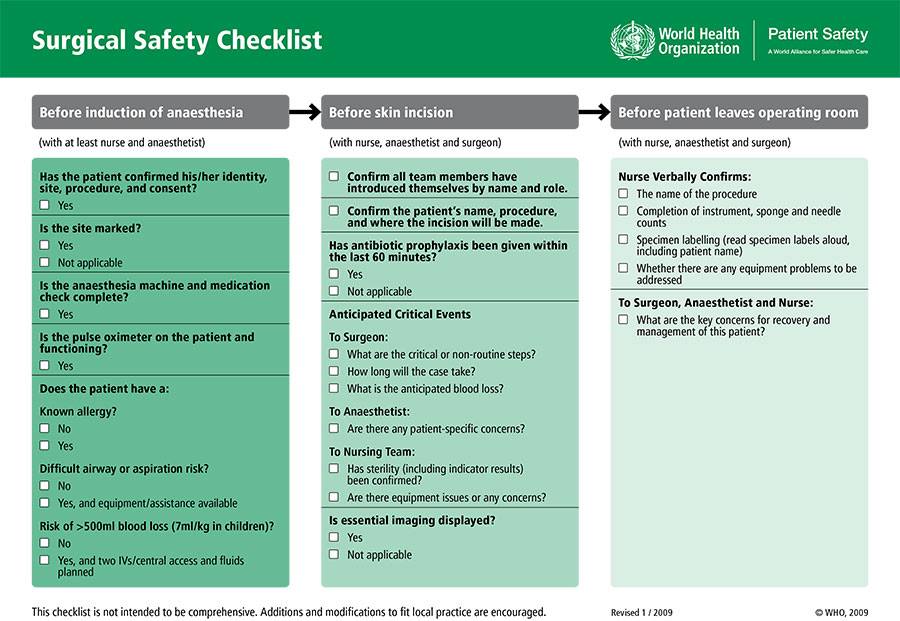
Recently, a post titled “Death by Computer” went viral on social media. It detailed the tragic incident involving Ethiopian Airlines Flight #ET302. The passengers and crew aboard the brand new Boeing 737 MAX 8 had no chance of survival. A total of 157 lives were lost. The plane, less than three months old, was equipped with a new software system. In layman’s terms, Boeing designed the 737 MAX with larger, more efficient engines that promised an additional 14% fuel efficiency. However, the size of these engines required them to be placed further forward under the low wings of the 737, which could potentially cause the aircraft to stall—a dangerous situation where a plane stops flying and starts falling. To counteract this, Boeing installed the MCAS (Maneuvering Characteristics Augmentation System). This software was meant to automatically adjust the plane’s nose downward to increase speed and prevent stalling.
The problem arose with a component called the Alpha Vane, which measures the plane’s Angle of Attack (AOA). With two of these sensors, one on the pilot’s side and one on the co-pilot’s, they relay the plane’s flying angle to the computer system. Typically, the AOA is below 15 to 20 degrees, but if the AOA is too high, indicating a potential stall, the MCAS software is triggered to push the plane’s nose down.
On the doomed flight, the Alpha Vane sensor on the captain’s side, previously reported faulty on a flight from Bali to Jakarta, had been replaced. Yet, on that fateful morning, with no one fully aware of the issues with the plane or the intricacies of the new MCAS software—not the maintenance staff, nor the pilots—the aircraft took off. In mid-air, the faulty sensor falsely indicated a stall. The system, unbeknownst to the pilots, forced the plane’s nose down while the pilots struggled to lift it. This battle between man and machine ended in tragedy: the computer won, and the lives on board were lost. The aircraft was too low, leaving no room for the pilot to recover.
Weeks later, Boeing released an update indicating that the MCAS could be overridden by simply switching it off—a fact that, had the pilots been aware, could have saved 189 lives. A single, simple switch was the difference between life and death.
More than 300 Boeing 737 Max planes are currently in service, with over 5,000 orders placed globally since 2017. Having flown on Boeing 737 MAX 8 planes operated by Fly Dubai, SpiceJet, and Jet Airways several times, I shuddered at the thought of what could have happened. After learning about the post, I offered prayers of gratitude for my past safe flights.
This incident took me back to a book I read almost a decade ago, “The Checklist Manifesto – How to Get Things Right” by Atul Gawande. It recounts the story of Boeing’s B-17, which due to a forgotten routine step, crashed and burst into flames during a trial in 1935. This led to the adoption of checklists by pilots to prevent such oversights.
As doctors, particularly as surgeons, we often make quick, critical decisions without relying on a computer to guide us. We are not immune to mistakes or to overlooking routine steps. As Gawande points out, we require discipline—something against our nature, which leans toward novelty and excitement rather than meticulous attention to detail.
I was introduced to “The Checklist Manifesto” by my senior colleague, Dr. Ravi Nayyar, during a flight from Mangalore to Bangalore. Since then, I have rigorously adhered to the WHO-recommended Surgical Safety Checklist, a tool that Gawande helped design. This checklist has prevented complications and potential disasters on several occasions.

For instance, we had a case involving a hemophiliac patient requiring a neck abscess drainage. Despite adequate hemophilia correction and arranged blood transfusions, I insisted on an additional intravenous line before anesthesia induction. After a challenging hour, the extra line was secured—a decision that proved crucial when one line was accidentally dislodged during surgery, leading to significant blood loss. Thanks to the checklist and the extra line, we managed the situation effectively.
Gawande asserts that while humans struggle with discipline, checklists offer a way to enhance it without stifling creativity. The stakes are high in medicine, just as they are in aviation: a single forgotten act can have dire consequences. His book is an essential read for medical professionals and anyone in a field where safety is paramount, offering compelling evidence and practical guidelines for the effective implementation of checklists.
Prof. Dr. Prahlada N. B
17 March 2019
Chitradurga.

















Leave a reply